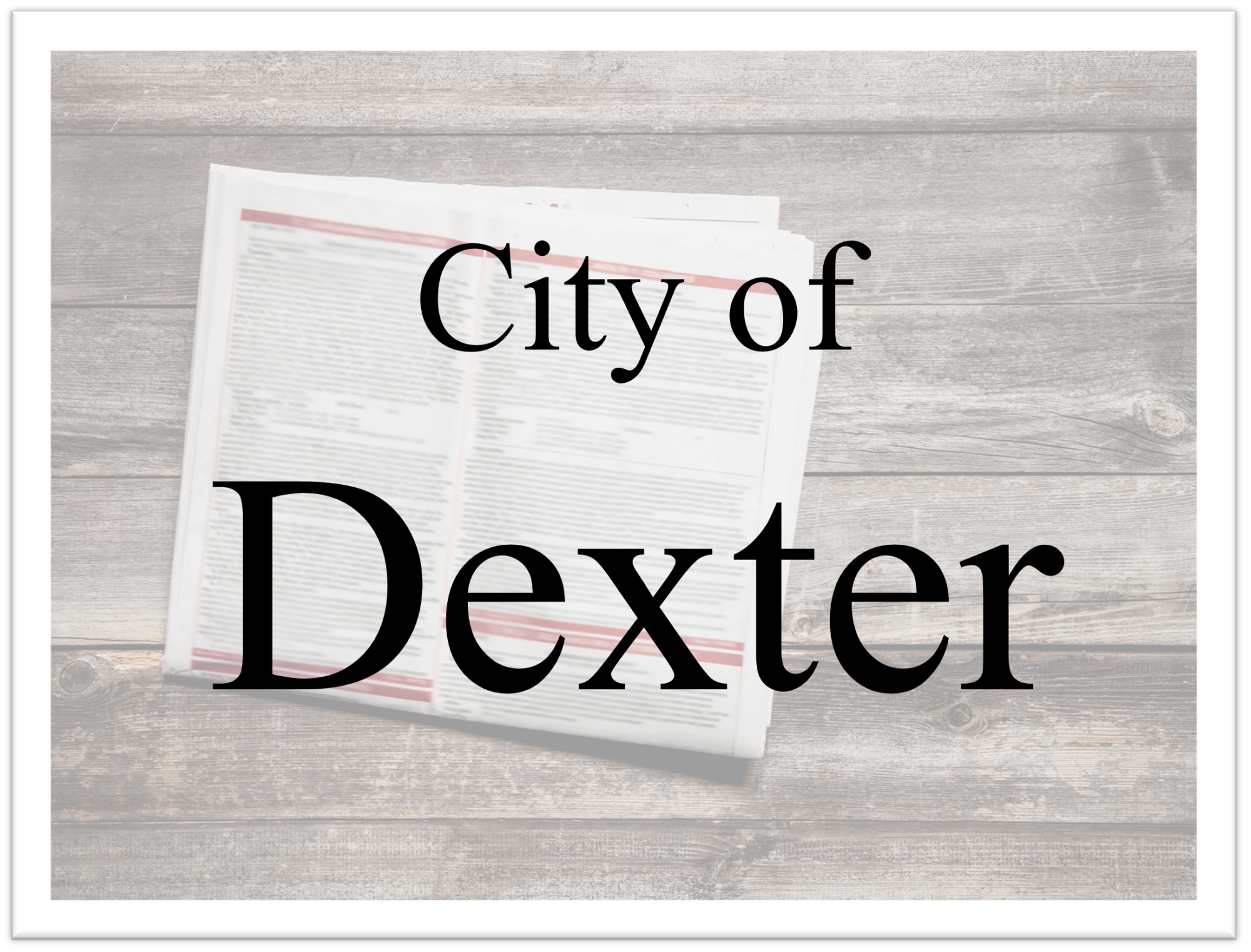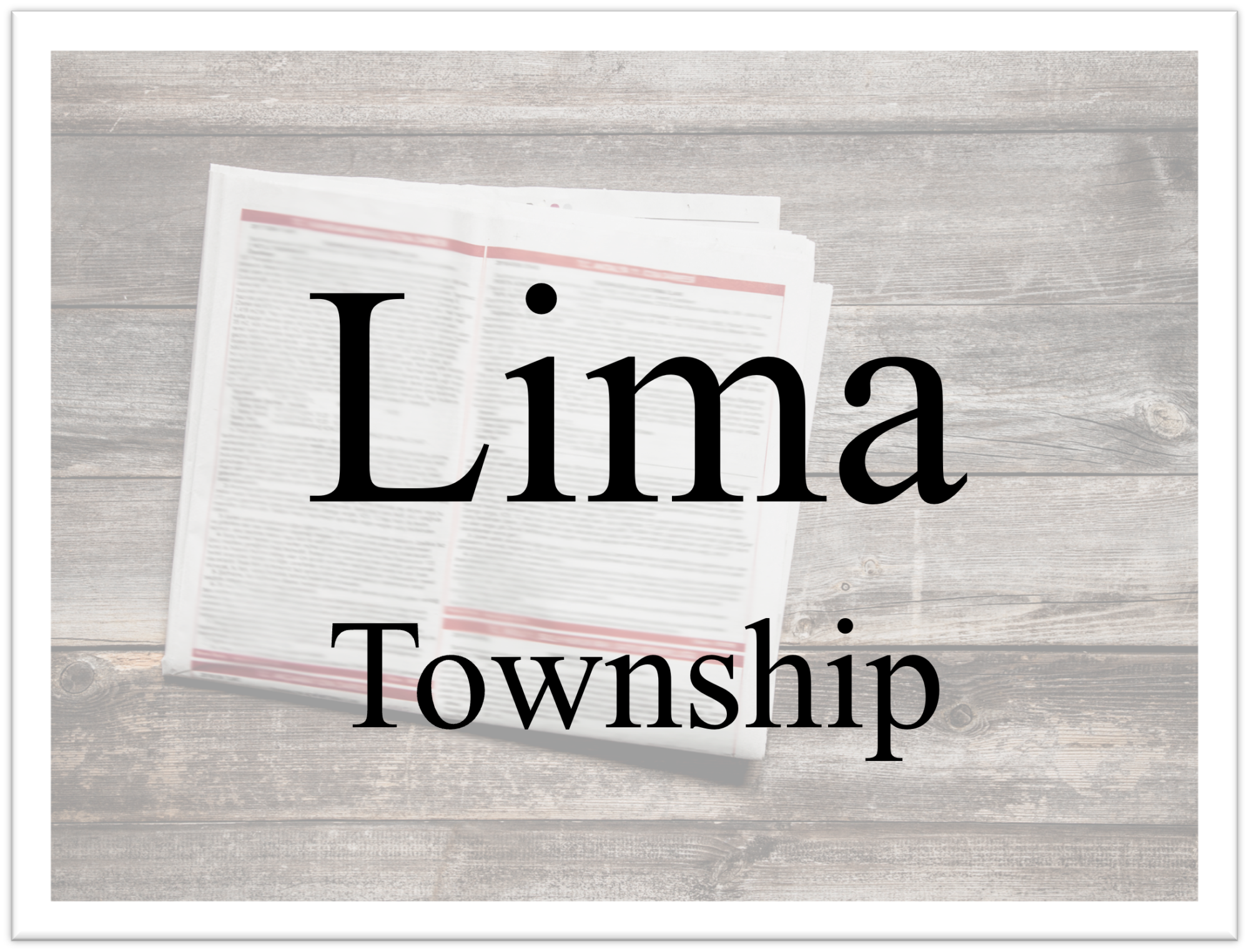Discover the hidden history of the War of 1812 at the River Raisin Battlefield in Monroe, Michigan—home to America’s only National Park unit dedicated to telling the story of Native nations and their role in shaping U.S. expansion.
Photo: Monument to honor Ketucky soldiers who served at River Raisin photo by Sue Kelch
The historical significance of the War of 1812 is often widely overlooked.
Most know this war inspired the lyrics to the Star Spangled Banner. And while it was thought barbaric that the British burned the White House, it was actually payback when the United States invaded Canada and burned the York (now Toronto) parliament a year earlier. But most significant and least mentioned – the crushing of the Native Nation Confederation and British-Canadian coalition resulted in unhindered westward expansion and the formation of the United States as we know it today.
The Great Lakes region was a flashpoint for this war, specifically the River Raisin battles in January 1813. Michigan suffered the largest and bloodiest clash at the hands of the Native Nation Confederation and their British-Canadian allies; only 33 of a nearly 1,000-man army escaped capture or death.
These battles, described as a “national calamity,” inspired the battle cry “Remember the Raisin!” and served to rally the troops. This also prompted Lewis Cass, governor of the Michigan Territory from 1813-1831 and Secretary of War from 1831-1836, to use this event to organize and oversee the relocation of tribes, known as the “Indian Removal Act.”
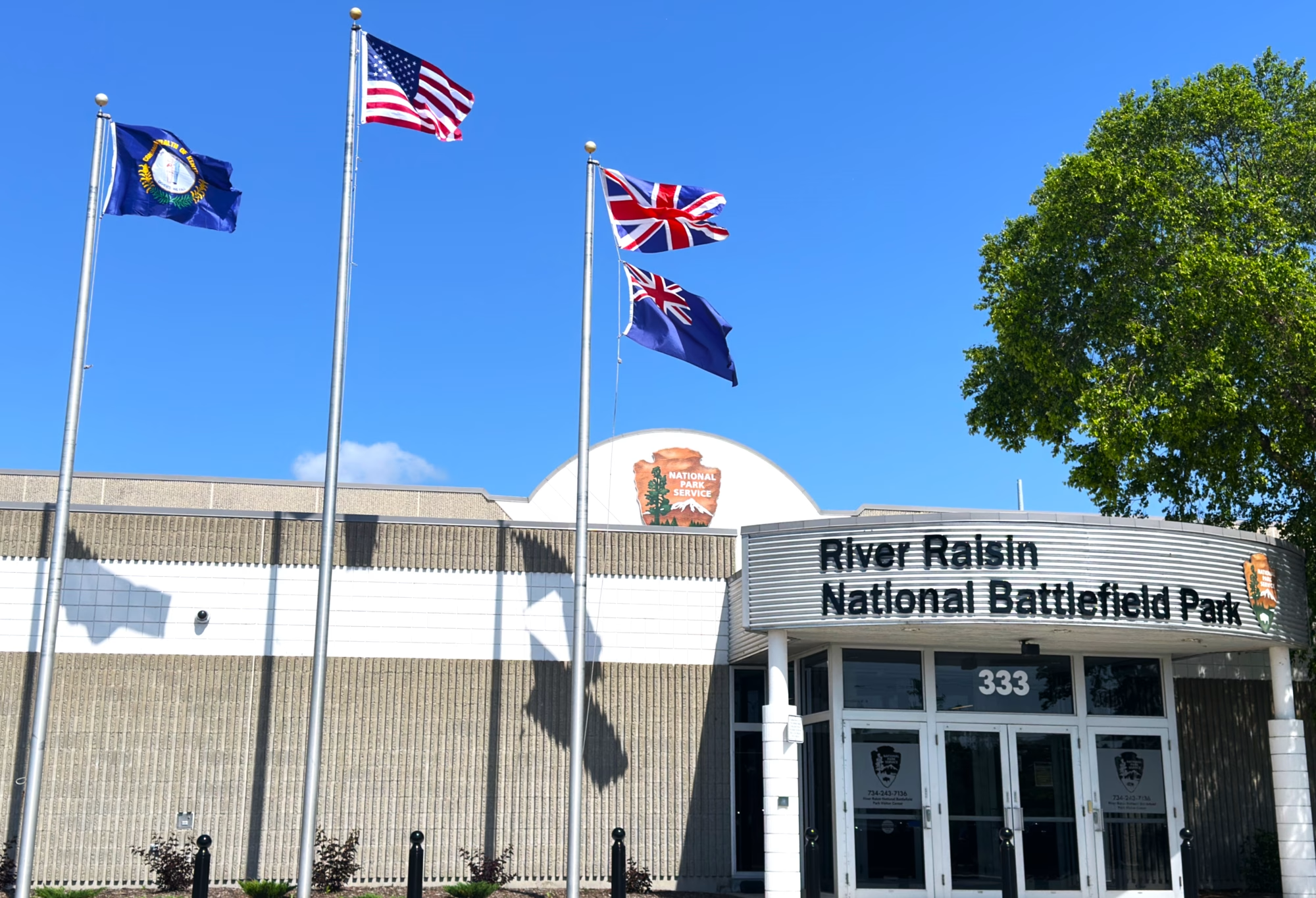
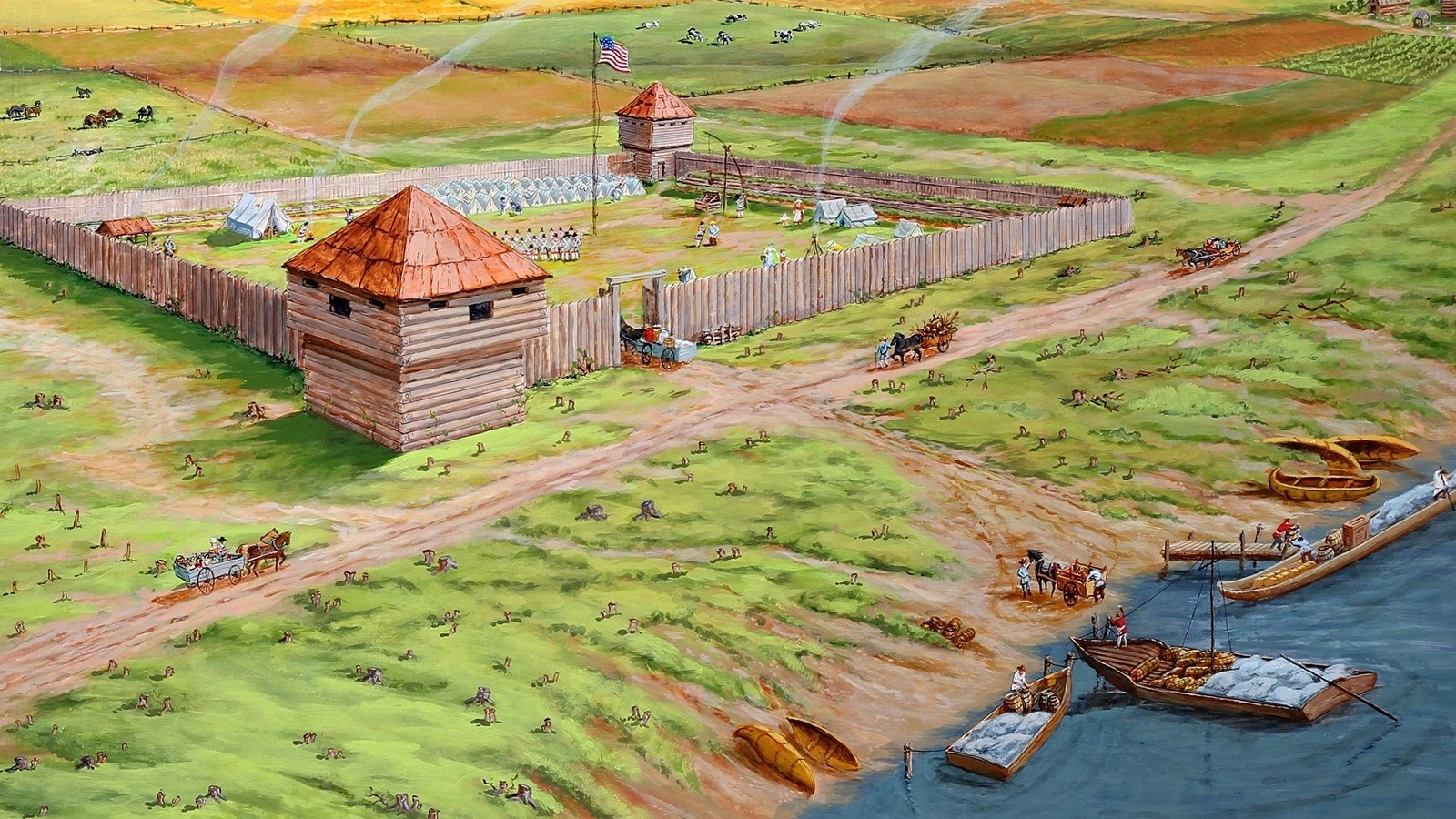
The History You Were Not Supposed to Know
The River Raisin National Battlefield Park in Monroe, Michigan, is America’s only National Park Service unit that reveals the aftermath of the War of 1812, and is dedicated to “revealing the history you were not supposed to know.”
Inside the visitor center, Ranger Jamie Keegan walked us through the exhibits, explaining, “They represent four periods: native lands at contact when Europeans arrived, then shared land with the French settlement along the River Raisin. Yet to be constructed are the contested lands and the aftermath of what happened to the settlers and Native Americans who lived here.”
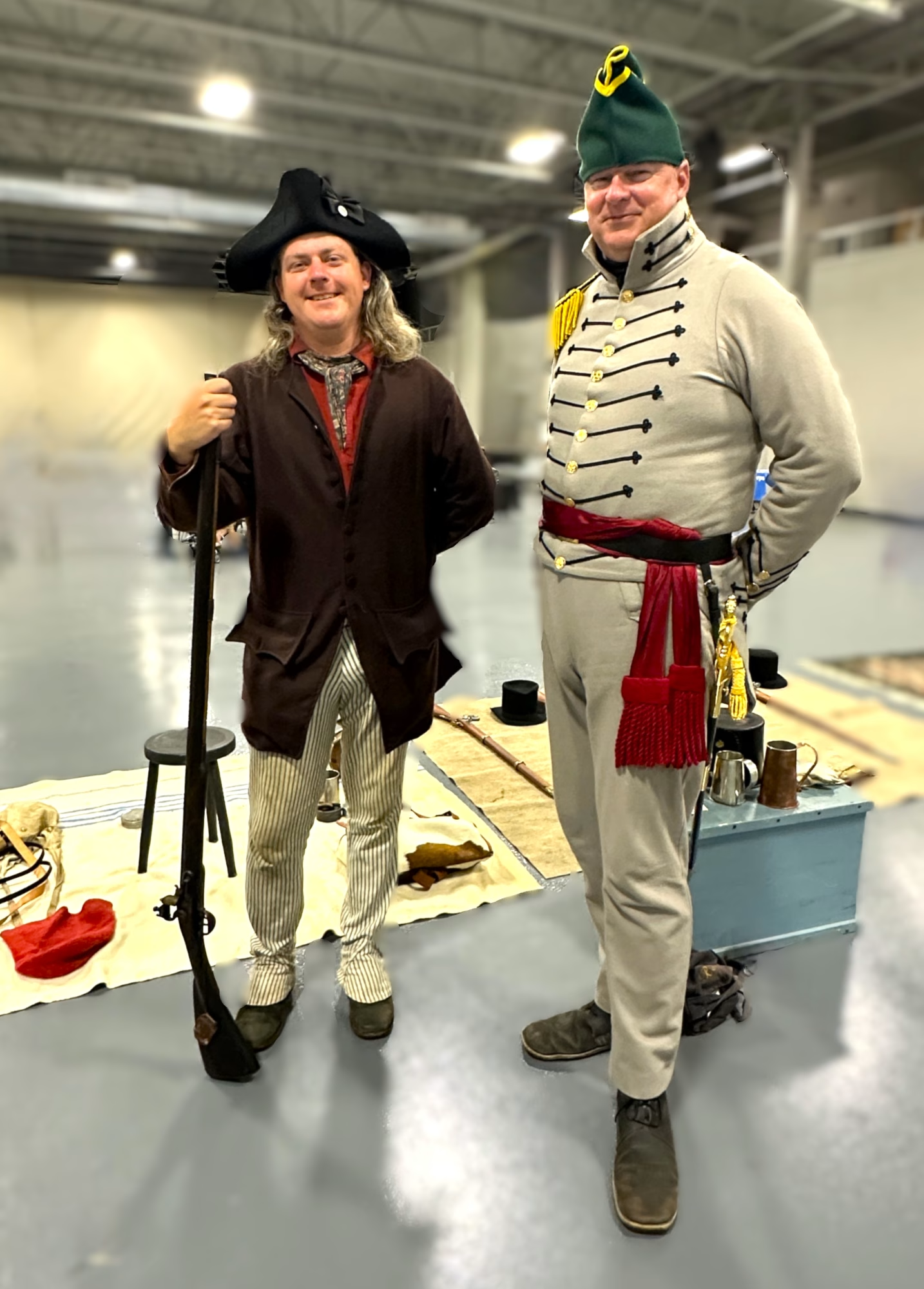
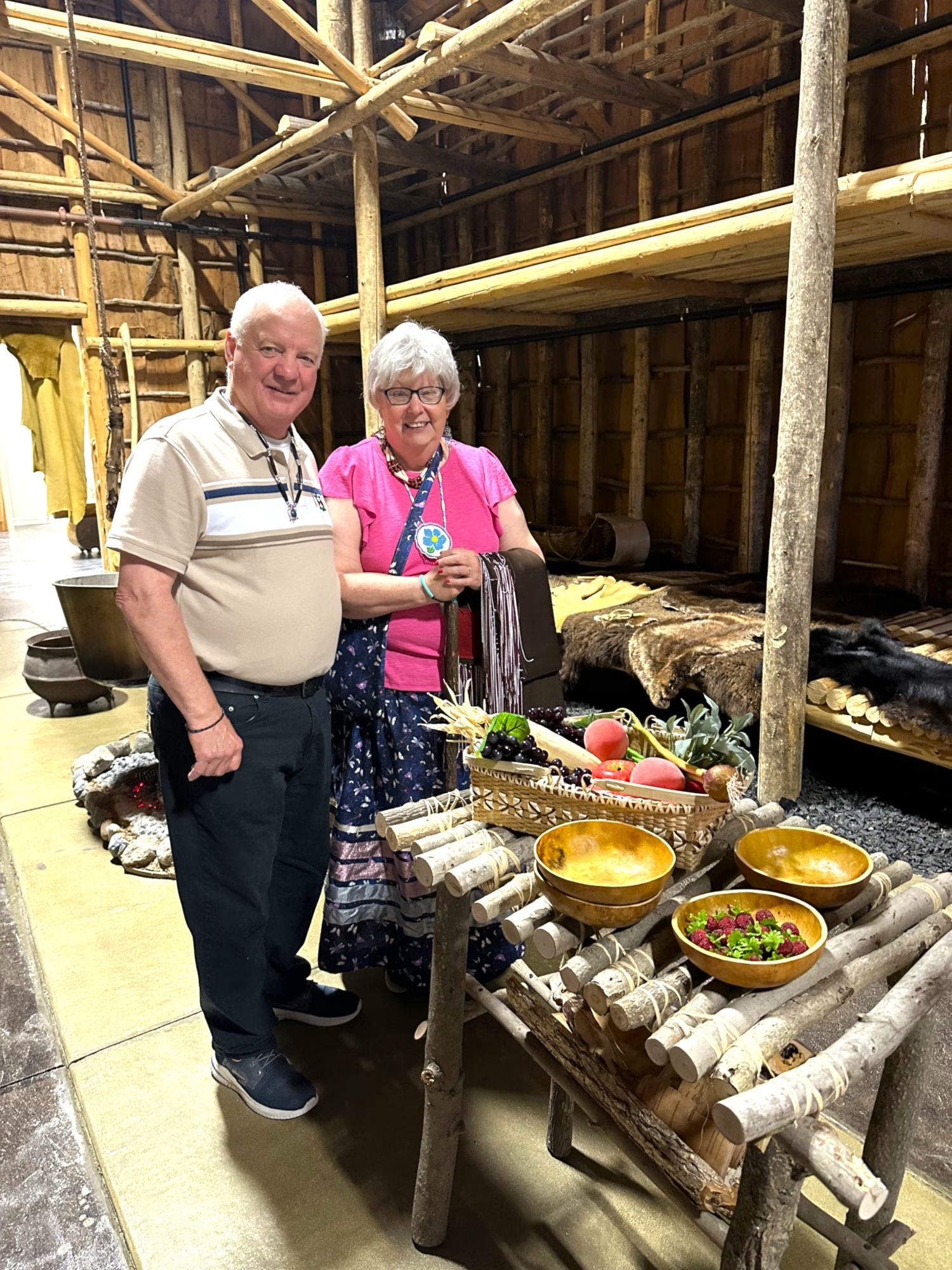
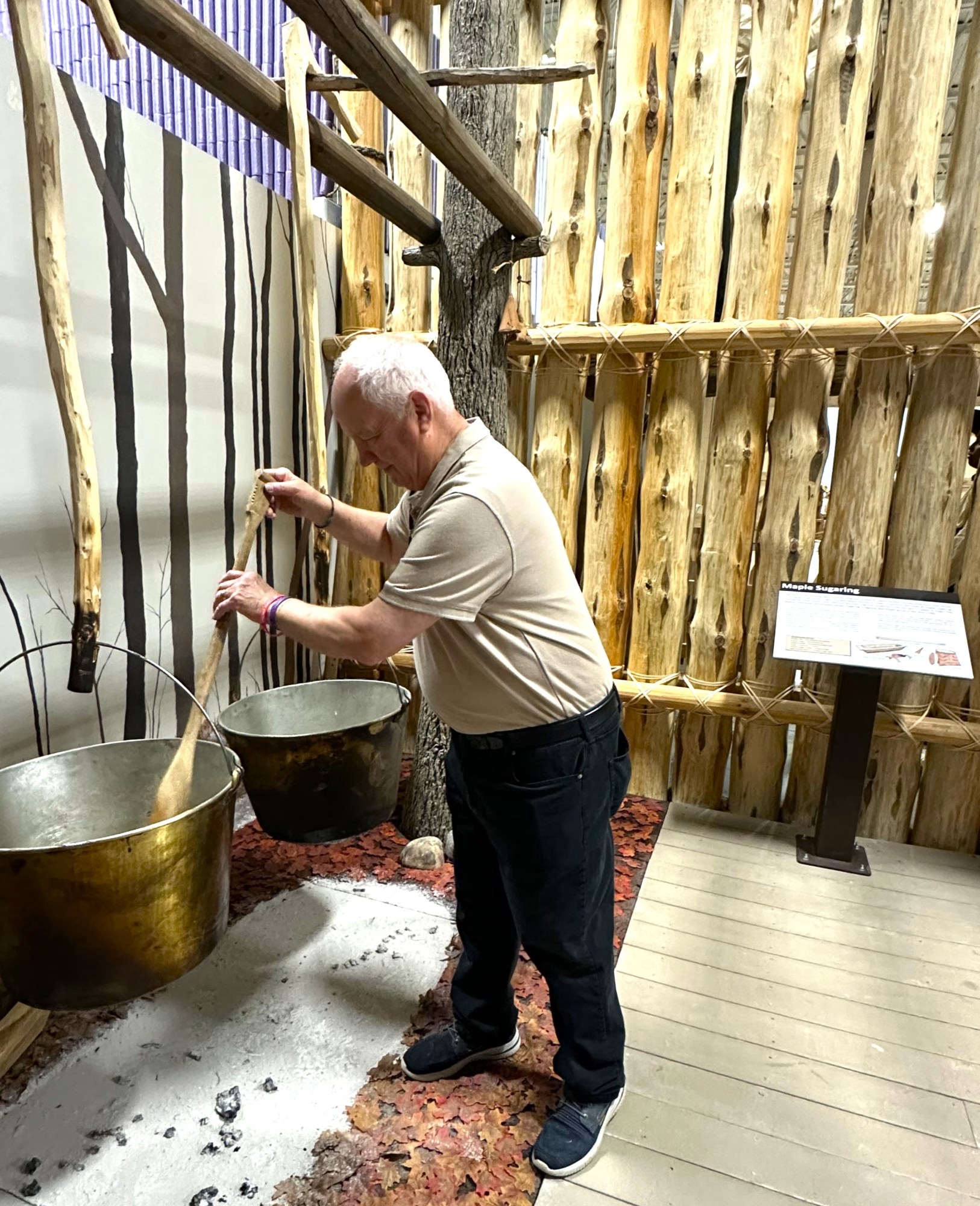
An Untold Story – Journey Towards Understanding
Talking about the aftermath, Ranger Keegan continues with “the events that happened here January 1813 are directly related to the Indian Removal Act of 1830. There were 17 tribal nations that fought in that battle on both sides, and after their removal, split apart. We began working with the tribes here and the council members said, ‘It’s great that you have this battlefield, but are you going to tell the whole story?’ So we initiated the ‘Journey Toward Understanding,’ a program devoted to presenting accurate information and in the voice of tribal members. In addition, the Wyandotte Nation employs four people on location for interpretation.”
Wyandotte Grand Chief Ted Roll was on hand, and he talked about the “pre-European contact” exhibit. “We had a grant for an archaeological dig, and then covid hit and stopped everything. We don’t like to give money back, so we decided to build a long house, a wigwam, and a maple sap display.”
Chief Roll walked through the exhibits and explained that the long house is “25 feet wide by 50 feet long and depicts how the Native Americans once lived.” Families would sleep in their section of the bunks with furs for warmth and bedding. The maple sap display includes artificial trees, and Chief Roll demonstrated the lengthy process.
Outside of the visitor center, there is also the River Raisin Heritage Trail with eight miles of paved hike-bike trails. These trails connect to major historic sites, state and local parks, and nationally significant buildings.
Remember the Raisin!
Take the journey, and “Remember the Raisin!” – from a different perspective.
For more information, visit these sources:
The River Raisin Foundation www.thebattlefield.org
River Raisin Heritage Trail www.nps.gov/thingstodo/river-raisin-heritage-trail.htm
River Raisin National Battlefield Park www.nps.gov/rira/planyourvisit/outdooractivities.htm
Smithsonian Magazine 10 things you didn’t know about the War of 1812 www.smithsonianmag.com/history/the-10-things-you-didnt-know-about-the-war-of-1812-102320130/
The War of 1812 and Indian Removal Act read www.nps.gov/articles/negotiating-identity.htm
The Wyandotte tribe and Chief Roll www.greatlakesnow.org/2020/11/great-lakes-moment-wyandot-anderdon-nation-six-points/
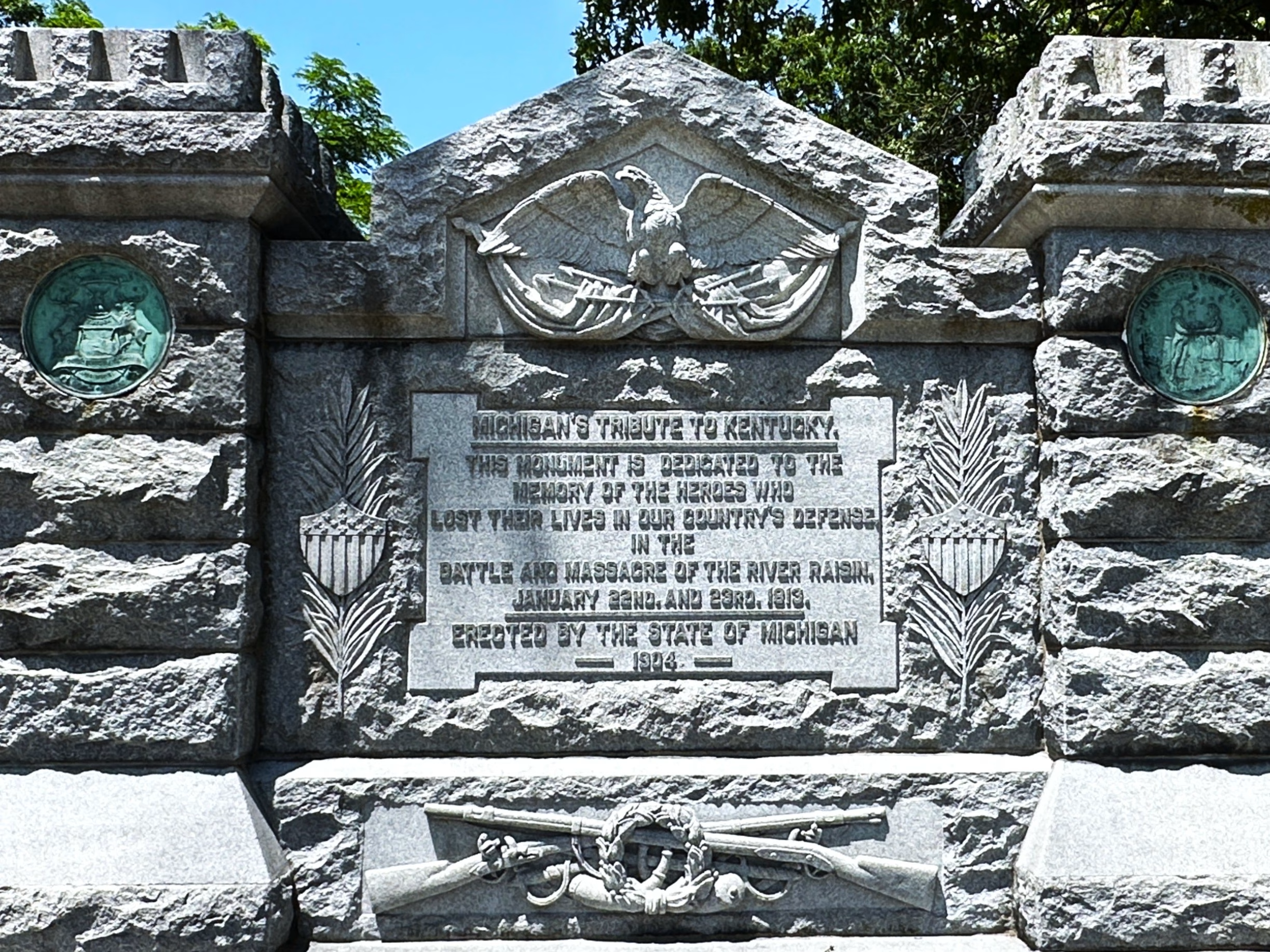



 8123 Main St Suite 200 Dexter, MI 48130
8123 Main St Suite 200 Dexter, MI 48130
